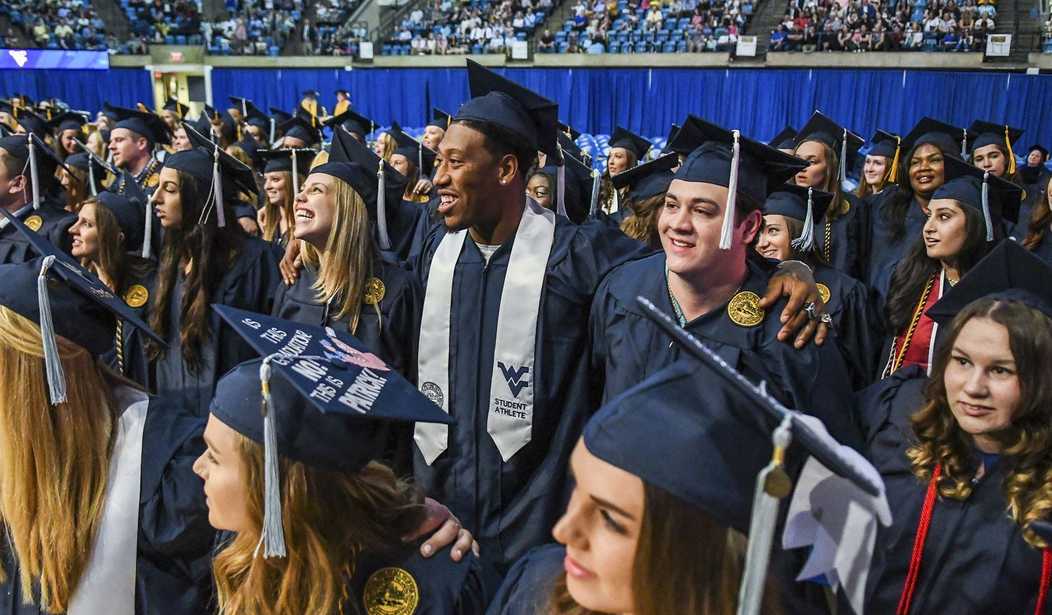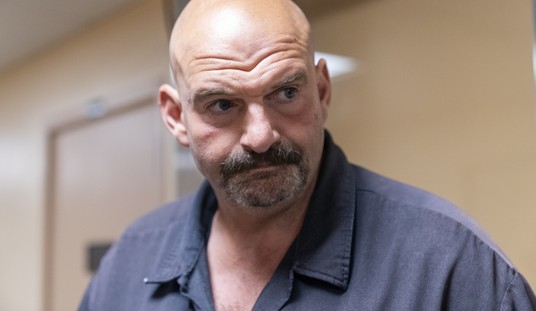Sometime over the next few weeks, the Supreme Court will probably rule that Joe Biden’s student loan forgiveness plan is unconstitutional. Biden sought to provide $10,000 in loan forgiveness to those making less than $125,000 annually and $20,000 in forgiveness for Pell Grant recipients.
Even Democrats have called Biden out for this massive federal overreach. And now, a new report from the National Bureau of Economic Research indicates that “borrowers whose loans were frozen by the moratorium actually ended up in a worse position than they started in—and have even accrued more student loan debt,” according to Reason.com.
Every month the student loan repayment pause is in effect, and the federal government adds $5 billion to the tab. And every month the pause was in effect, borrowers took on more debt, according to the research paper from the National Bureau of Economic Research. The student loan debtors were “borrowing more on credit cards and mortgages and even accruing more student loan debt rather than working to pay off other debt they owe,” says Reason.
Eight times since Donald Trump first froze student loan repayments in March 2020, Democrats have extended the moratorium. The original Trump freeze was supposed to be for 60 days. But Biden thought he saw a way to score a political coup in the summer of 2022 when he announced his loan forgiveness program. The student loan recipients were drowning in debt, and Biden’s wave of his magic wand would have forgiven the obligation of millions outright.
Which party do you think they voted for in the 2022 midterms?
Related: It’s SCOTUS Decision Season Again! Here Are the Cases to Watch
Borrowers may have made a hasty political decision in supporting Democrats.
The paper compared those whose student loans were frozen by the moratorium because their loans were held federally to those whose student loans were not frozen because their loans were private. There were stark differences between the two groups. For those whose loan payments were paused, they did reap some benefits, like increased credit scores and a decrease in delinquency on student loan debt. However, by other metrics, they actually became worse off. By the end of 2021, borrowers who saw their student loan payments paused increased their credit card, mortgage, and car-loan debt by $1,800 on average and even took on an additional $1,500 in student loan debt compared to those whose loan payments were not paused by the moratorium. Rather than being the “badly needed breathing room” that Biden suggested, the student loan payment pause has actually resulted in borrowers ending up financially worse off than they were before.
Last week, congressional Republicans passed a repeal measure along a mostly party-line vote. On Wednesday, Biden vetoed it.
“Let me make something really clear, I’m never going to apologize for helping working- and middle-class Americans as they recover from this pandemic, never,” Biden said.
What a crock. In fact, “57 percent to 65 percent of the extended pause and cancellation will go to those in the top half of the income spectrum,” according to House Republicans.
While progressives hailed the plan as a good first step toward forgiveness, moderate Democrats and Republicans voiced concerns over the cost to taxpayers, which is expected to be about $400 billion.
When the president announced his plan, he also announced the upcoming end to the pandemic-era student loan payment pause that was put in place in March 2020 under former President Trump and has since been extended several times.
Come hell or high water — no matter how the Supreme Court rules — the student loan repayment pause will end on August 31.










Join the conversation as a VIP Member